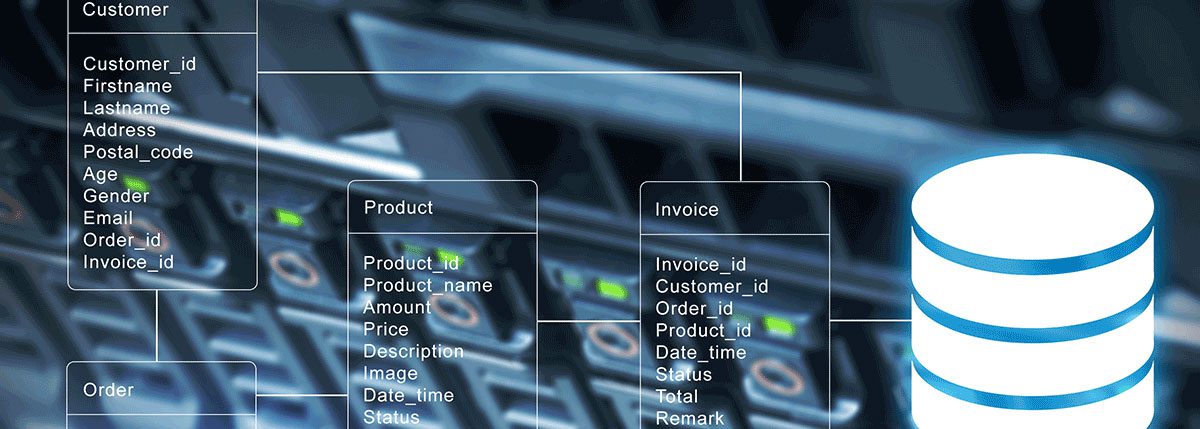Understanding Data Analytics
If you’re trying to understand the concept of data analytics and how it relates to your organization, you’ve come to the right place. Data analytics provides a systematic approach to examining, cleaning, transforming, and interpreting data. It allows organizations to unlock hidden patterns, trends, and valuable insights from their data, ultimately leadin
Database Versioning: Managing Database Changes with Ease
Managing database changes is critical to maintaining a robust and scalable system. Database versioning plays a vital role in ensuring smooth transitions, efficient deployments, and seamless collaboration among developers. But how can it be done properly, cost-effectively, and efficiently? What is Database Versioning? Database versioning refers to the pract
Understanding Analytic Systems
Analytic systems are critical to managing and making sense of large amounts of information in today’s data-driven world. These systems are organized collections of data that can be easily accessed, managed, and updated. They enable users to store, retrieve, and manipulate data in an organized and efficient manner. Analytic systems are usually composed of t
Database Design and Management
What is a database, exactly? Databases are critical software systems that help organize, store, and access data. While theoretically, large amounts of data could be stored in a file, databases are more commonly used for their built-in resiliency and concurrent data access capabilities. Resiliency ensures that data writes are fully committed, and built-in con



